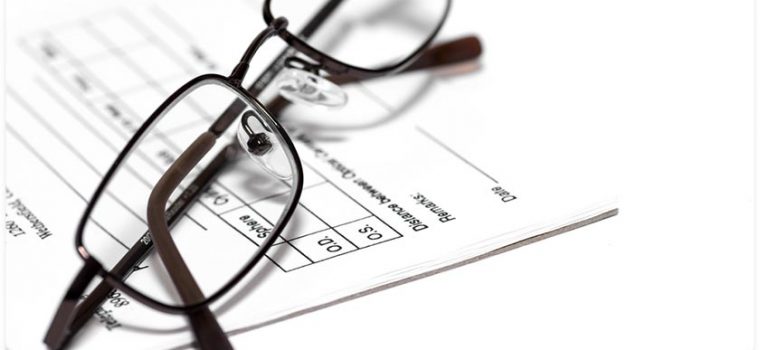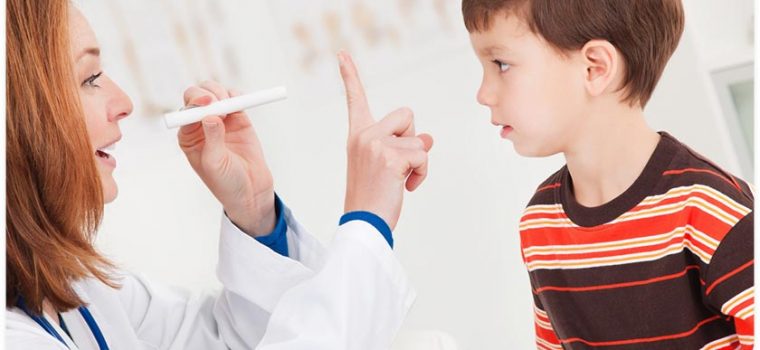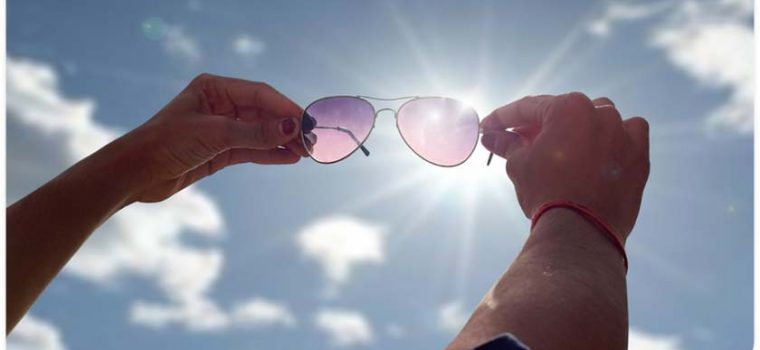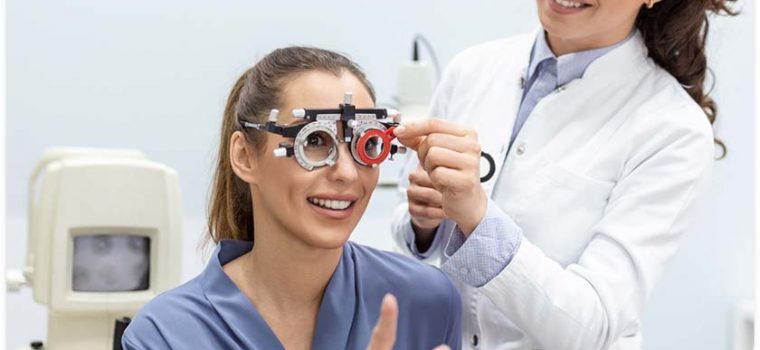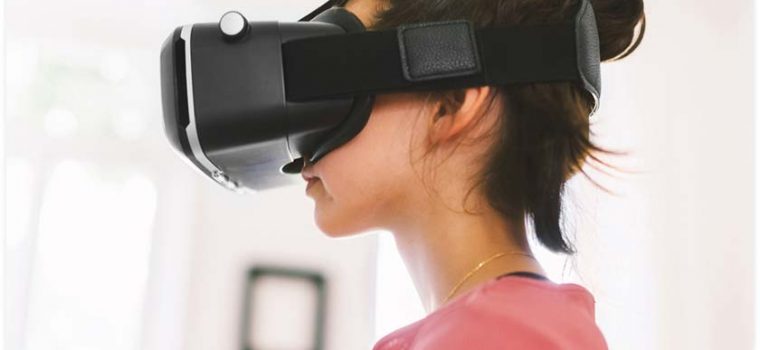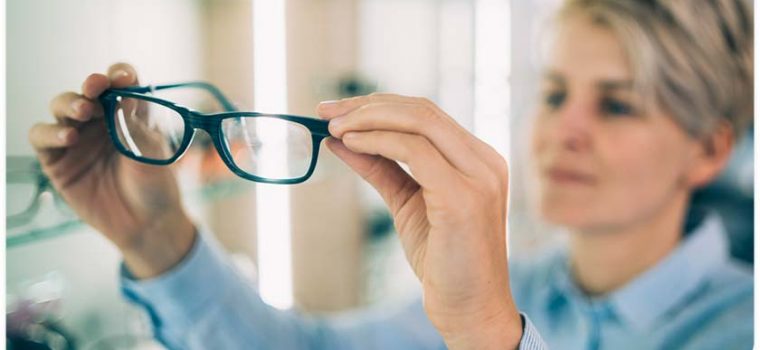Your doctor might measure your pupillary distance (PD) during your eye exam. This measurement refers to the distance between your eyes. If not measured right, you could end up with the wrong prescription, resulting in discomfort, eye strain and headaches.
Archives for 2022
What Is the Ideal Eye Exam Schedule for Children?
Regular optometrist visits help keep track of your eye health and catch vision problems early. Early detection of eye problems is especially crucial for children because it can affect their learning and development. It could be hard for your little one to participate in school and play if they have visual difficulties.
7 Myths About Sunglasses
Wearing sunglasses does not only make you look good; it offers ultraviolet (UV) protection for your eyes too. However, you may not be getting the most out of your shades because of some common misconceptions about this type of eyewear.
Types of Refractive Errors and How to Correct Them
Difficulty seeing near or far is a typical indicator of a refractive error. You should consult an eye doctor to identify your specific condition since there are different types of refractive errors. Continue reading to learn more about the different types of refractive errors and how they are corrected.
Are VR Headsets Harmful to Your Eyes?
Virtual reality (VR) headsets make you feel like you’re part of a new world. However, they have some drawbacks, including possible complications for your eyes. To ensure your eyes remain healthy while you’re using VR, here are a few facts that you should know.
Ocular vs. Visual Migraine: What’s the Difference?
Many people suffering from ocular and visual migraines have temporary vision loss. Headaches also occur, particularly in the case of visual migraine. For an accurate diagnosis, you should consult eye care specialist as they have the knowledge and tools to determine your condition. Visiting your eye doctor will also help give you proper relief.
What You Need to Know About Ocular Hypertension
Intraocular pressure (IOP) refers to the pressure in your eyes. When that pressure is unusually high, it causes ocular hypertension. Although ocular hypertension is not an eye disease, it is often an indicator of one’s risk of glaucoma. Ocular hypertension is commonly found in adults over 40. Race and family history are known risk factors […]
Leaving Your Contact Lenses in for Too Long: What Happens?
Contact lenses left in too long can have a negative effect on your eye health. Even if you rinse them regularly with a solution, overusing them can lead to complications in your eyesight. Protein deposits, microorganisms and allergens build up on your lenses over time. Once they get to your eyes, you may experience eye […]
Is It Time to Update Your Eye Prescription?
Wearing eyeglasses or contact lenses allows you to see clearly despite vision problems like nearsightedness or farsightedness. With the right prescription, a pair of these can give you years of near-perfect vision. However, you must keep in mind that your eyes change as you age, which means getting a new prescription is imperative.
How to Tell if You Need Progressive Lenses
Bifocal and trifocal lenses have a line through the center that separates each section of the lens. While this doesn’t always bother the wearer, some would prefer lenses that don’t have this distinguishing feature for cosmetic purposes. Called progressive lenses, they provide the same vision correction as their bifocal and trifocal counterparts.

